Thomas Carlyle once said: “Nature is antique, and the oldest art is a mushroom.” Learning how to grow mushrooms is the first step toward owning the oldest art of Mother Nature. But cultivating them goes beyond connecting with nature.
Mushrooms make a delicious addition to homegrown collections of herbs and other plants. Moreover, specific mushroom varieties are believed to enhance brain health, improve the immune system, and potentially reduce cancer risk.
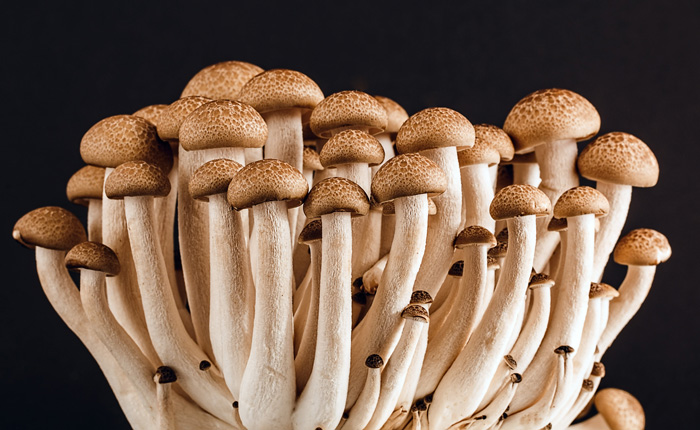 Image credits: Pixabay
Image credits: PixabayThanks to their numerous health benefits, mushrooms are currently in the spotlight all over the world. Because, let’s be honest, who isn’t drawn to the low-calorie and high-fiber mushrooms with a meaty texture, flavor, and health benefits?
Healthy pandas love mushrooms, and smart pandas don’t need to wait for the rain to grow them. That’s why we’ve consulted with Dina Fowler, an adept horticulturist and landscape designer, to unlock the secrets of how to grow mushrooms indoors and outdoors.
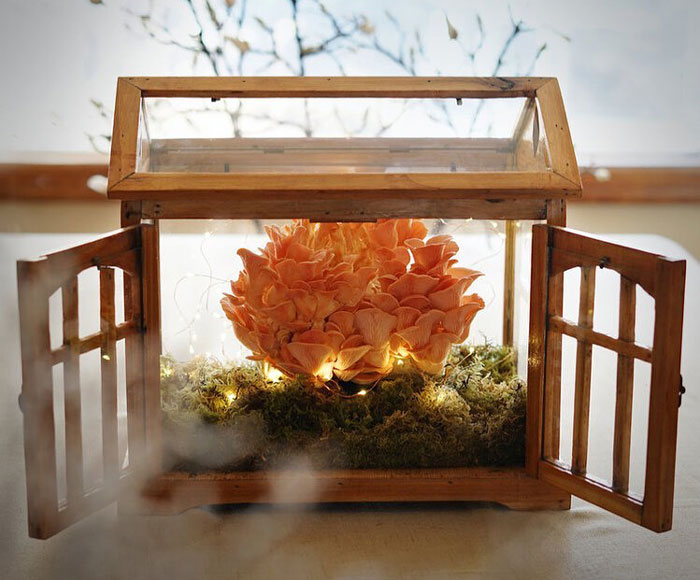 Image credits: misswondersmith
Image credits: misswondersmithGrowing Mushrooms in Optimal Conditions: Expert Tips!
“Growing mushrooms indoors can be a rewarding and relatively straightforward process. With the perfect growing conditions, such as temperature, moisture, and a good substrate, they could be ready to harvest in less than a week. Sometimes in just a couple of days,” explains Dina. So, let’s see the general optimal conditions for growing mushrooms at home.
Prepare Sterilized Substrate for Mushrooms
An ideal substrate for mushrooms should be slightly acidic with a pH level of 5–6.5. Usually, it includes nitrogen, magnesium, potassium, calcium, sulfur, and phosphorus. It must have a good structure to enable air exchange and keep moisture. Once your substrate is prepared, it needs to be inoculated with mushroom spawn, the mushroom’s mycelium.
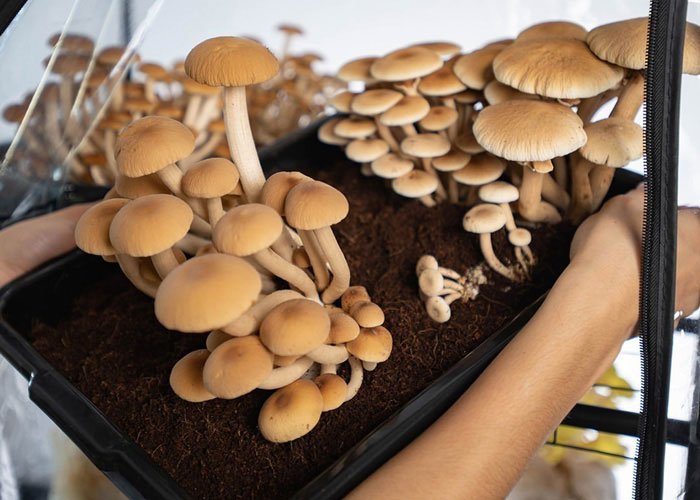 Image credits: northsporemushrooms
Image credits: northsporemushrooms“Mushrooms require a substrate that provides them with the necessary nutrients. Common options include straw, sawdust, wood chips, or a mixture of these. The substrate has to be sterilized to eliminate competing microorganisms. Follow specific instructions for your chosen mushroom species”, suggests Dina.
Stay Within the Temperature Range
“Most mushrooms do well in a controlled environment to keep consistent growth—70–80 degrees (F) is the perfect growing temperature,” says Dina. Further, she explains that the mushrooms don’t do well if the temperatures get near 80 degrees.
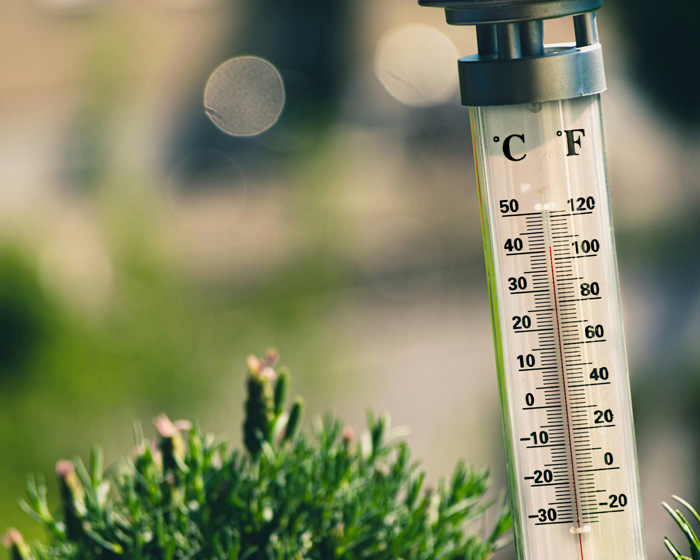 Image credits: Jarosław Kwoczała
Image credits: Jarosław KwoczałaThis is why we see a lot of wild mushroom cultivation in wooded areas in mid to late spring. Temperatures exceeding 80 degrees cause mushrooms to dry out, while anything below 70 degrees significantly slows the growth process.
Keep High Humidity Levels
“Ideal temperature and humidity levels vary depending on the mushroom species. Their general range is between 60–80°F and 80–95% humidity. You may need to use a humidifier or mist the growing area regularly. This helps to maintain appropriate humidity”, adds Dina.
Image credits: Pixabay
Moreover, Dina explains that creating a fruiting chamber is a smart move. “An enclosed space, such as a plastic storage container or a purpose-built fruiting chamber, can help maintain the necessary humidity levels. It should also allow for proper air exchange. You may need to introduce fresh air periodically and maintain proper ventilation to prevent the growth of mold or other contaminants,” says Dina.
Keep Mushrooms on Sterile Conditions
Hygiene is something to keep an extra eye on when growing mushrooms. “Ensure cleanliness throughout the growing process to prevent contamination. Use gloves, clean equipment, and sanitize your working area before handling the substrate or mushrooms,” advises Dina.
Ensure Constant Airflow
Fresh air is crucial for the successful cultivation of mushrooms. Minimal airflow is good during the incubation stage, but once the mushrooms begin to fruit, better airflow becomes essential.
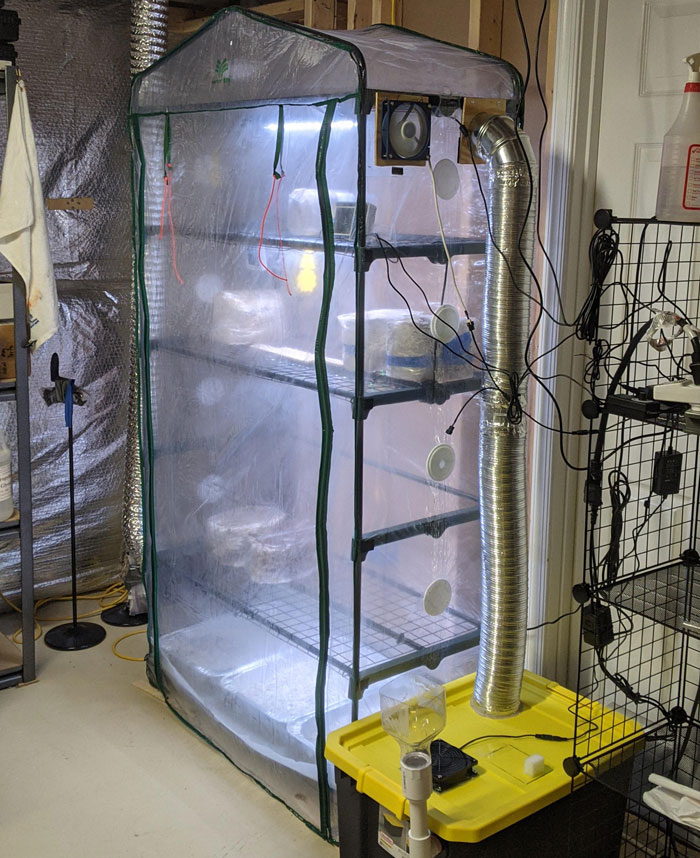 Image credits: dccrens
Image credits: dccrensHowever, specific airflow requirements may vary based on the mushroom species and the applied cultivation method. For instance, when cultivating with a monotub or a tent, it’s best to add ventilation tools. They will promote airflow and prevent the buildup of carbon dioxide, which mushrooms release.
Adapt Light Conditions to Specific Mushrooms
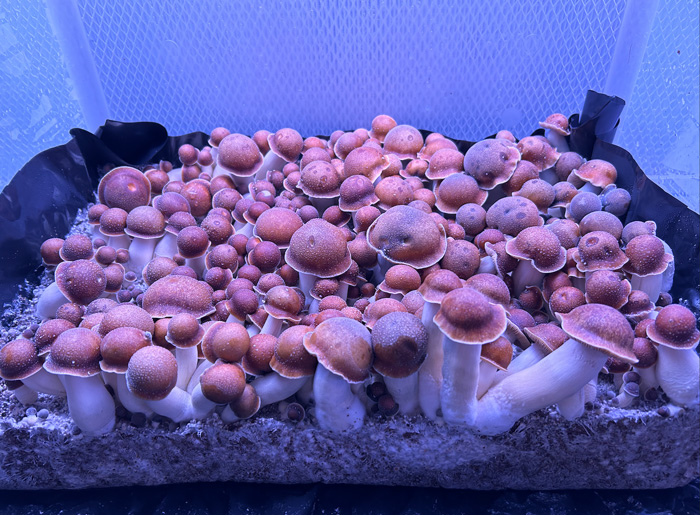 Image credits: LordSheaButter
Image credits: LordSheaButterDifferent mushroom species have specific lighting needs. Yet, Dina recommends indirect sunlight when growing mushrooms at home. “Mushrooms benefit from indirect light. Place your growing setup in a location where it receives ambient light or use artificial light sources like fluorescent or LED lights. Some mushrooms require exposure to a specific light cycle to trigger fruiting”, explains Dina.
Ensure Proper Mushroom Storage
Effective storage of mushrooms starts with keeping them in a moist place and indirect sunlight. Store them in a breathable container to maintain proper airflow. “The key to growing mushrooms indoors is keeping a constant temperature and moisture level. The best way to do this is keeping a cover over them to contain moisture”, adds Dina.
Watch Out for Pests and Diseases
Image credits: dcostarica77
“Mushrooms thrive in moist environments, but mold could be an issue if you have too much humidity,” says Dina. You should watch out for the most common pests and diseases when growing mushrooms. Typical issues are contamination from other fungi types or bacteria, mold growth, and infestation by insects or mites. Green mold is a frequent issue, as it directly affects the mushroom’s roots.
Harvest Only at the Right Time
“Mushrooms typically take a few weeks to appear, and harvesting time varies depending on the species. Harvest before the caps flattens or open to release spores. Use a clean knife or shears to cut the mushrooms neatly from the substrate,” suggests Dina.
7 Popular Types of Mushrooms to Grow at Home
Out of over 2.53 million fungal species, only 155,000 have been formally named, and just 14,000 species have been described. A study involving 2,786 mushroom species from 99 countries identified only 2,006 species as safe for human consumption. Another study confirmed that more than 100 mushroom species are considered harmful if consumed.
RELATED: Can Dogs Eat Mushrooms? Understanding Mushroom Toxicity in Dogs
Image credits: learntogrow
You probably don’t have the time to try all 2,006 mushrooms yourself. So, we’ll ease your work by suggesting a few that stand out as favorites for home cultivators. Dina suggests: “Blue oyster mushrooms are a popular variety to start at home. Lion’s Mane is another great choice. Both types are easier to grow than others”. However, here are some more options:
Oyster mushrooms (Pleurotus ostreatus) are popular for their mild and sweet taste. They come in white to light brown fan-shaped caps. Plus, they are relatively easy to grow on straw, coffee grounds, or sawdust substrate.
White Button mushrooms (Agaricus bisporus) are the most commonly consumed mushrooms worldwide. Simple and spongy, they’re commonly sliced and used as pizza toppings, in salads, or other dishes.
Shiitake mushroom (Lentinula edodes) is a popular edible type of fungus native to East Asia. It’s highly preferred for its meaty texture and savory taste. These mushrooms thrive in diverse environments. Thus, they’re easy to cultivate on logs, sawdust blocks, or various substrates.
Lion’s Mane mushrooms (Hericium erinaceus) are visually unique. Initially, they have a bulbous shape that resembles a lion’s mane or a large beard. These mushrooms have a sweet flavor and a texture like seafood.
Portobello mushrooms (Agaricus bisporus) are a larger and more mature version of the white button mushroom, both belonging to the exact same species. Portobellos are native to grasslands in Eurasia and North America. These dense and meaty mushrooms typically have wide, flat caps with dark brown gills beneath. Portobellos have an earthy flavor, making them perfect for grilling, roasting, or stuffing.
Maitake mushroom (Grifola frondosa), also known as “hen-of-the-wood,” is native to North America, Europe, and Asia. This type of mushroom is popular for its earthy aroma, tender texture, and rich, umami flavor.
Shaggy Mane mushrooms (Coprinus comatus), also known as the lawyer’s wigs, have a unique appearance for a mushroom. They have cylindrical, elongated caps covered in shaggy white scales. They are edible only when they’re young and have a firm texture.
How to Grow Mushrooms at Home
If you’ve seen beautiful mushrooms and wondered whether they’re hard to grow at home, Dina has an encouraging response: “Mushrooms need the right conditions for growing, such as moist, humid, shady areas, but this doesn’t necessarily mean they can’t make exceptions when growing outside of these conditions.” Still, each method of growing mushrooms has its own specifics, and with thousands of mushrooms, the choice can be tricky here!
Growing Mushrooms in an Enclosed Tub
 Image credits: northsporemushrooms
Image credits: northsporemushroomsMushrooms to grow in an enclosed tub: Oyster mushroom (Pleurotus ostreatus), Magic mushrooms (Psilocybe cubensis), White Button and Cremini known as ‘baby bellas’ (Agaricus bisporus), and Shaggy Mane mushrooms (Coprinus comatus).
Growing mushrooms in an enclosed tub (monotub) involves creating a controlled environment within a plastic tub. This way, home cultivators can regulate humidity and facilitate fresh air exchange.
Here are the steps to growing mushrooms in an enclosed tub:
Step 1: Buy or prepare mushroom spawn—sterilized grain fully colonized with mushroom mycelium. It’s best to purchase a fully colonized grain spawn. If you still want a homemade one, use a sterilized grain bag with an injection port.
Step 2: Prepare an acidic substrate for the mushroom mycelium to colonize and grow. Then, set up the monotub in a large Tupperware-style container. The container should be opaque to prevent unwanted mushroom growth on the sides or bottom.
Step 3: Sanitize the monotub with alcohol for an impeccably clean inoculation room. Then, add a thin layer of colonized grain spawn on a well-moistened substrate until the monotub is full.
Step 4: Sterilize the lid, seal the monotub, and keep it in a warm, shaded spot until fully colonized. Avoid removing the lid in these few weeks.
Step 5: Spray water daily (or instal humidifiers) to maintain a balanced humidity level, and slightly open the bin lid for enhanced oxygen flow.
Step 6: Lastly, harvest mushrooms before caps fully flatten out.
How to Grow Mushrooms in an Enclosed Tent
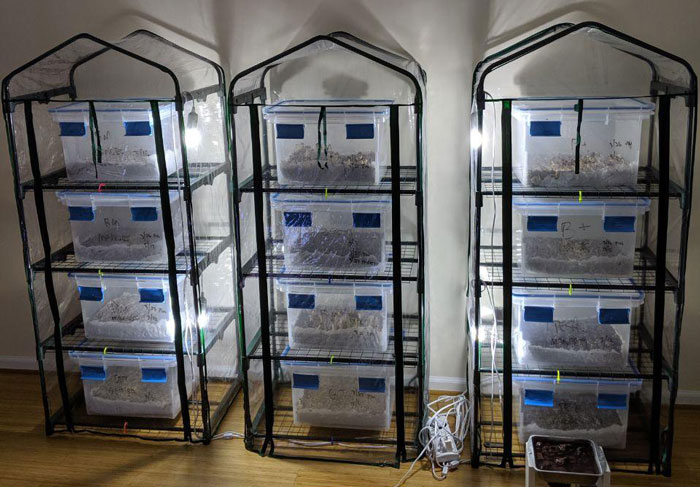 Image credits: FungiMyc
Image credits: FungiMycMushrooms to grow in a tent: Oyster mushroom (Pleurotus ostreatus), Shiitake (Lentinula edodes), and Lion’s Mane (Hericium erinaceus).
“The key to growing mushrooms indoors is keeping a constant temperature and moisture level. The best way to do this is keeping a cover over them to contain moisture,” suggests Dina. Growing mushrooms in an enclosed tent allows full control over the process, making it a great solution for growers of various skill levels.
Here are the steps to growing mushrooms in an enclosed tent:
Step 1: Before buying or building the tent, the first step is to acquire mushroom mycelium spores, which are essential for incubating and colonizing the medium.
Step 2: Buy a tent with adequate space, or build one on your own. If you can’t have a transparent tent, an opaque stealth tent works, too.
Step 3: Set up the tent’s interior with shelving or racks to place mushroom trays or bags. Then, put the tent on a drip tray or use a folded tarp with clamps to check on moisture.
Step 4: Install the necessary tools. Go for pre-installed zippers, cable ports, a humidification system, a digital thermometer, and ventilation tools.
Step 5: Add mushrooms spawn or mycelium on the substrate to kickstart the process.
Continually check and regulate temperature and humidity within the tent. Avoid placing the tent in direct sunlight.
Step 6: When mushrooms are mature enough, harvest them with sterilized scissors. You can harvest mushrooms weekly if you go for the tent-growing method.
Growing Mushrooms on Logs and Totems
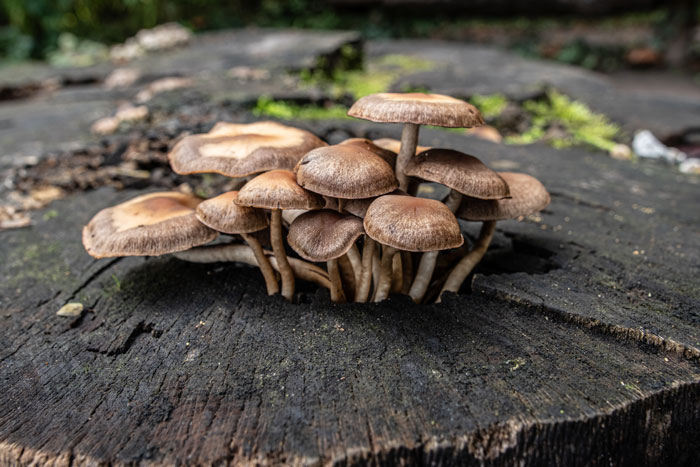 Image credits: wirestock
Image credits: wirestockMushrooms that grow on logs and totems: Oyster mushroom (Pleurotus ostreatus), Shiitake (Lentinula edodes), and Lion’s Mane (Hericium erinaceus).
Logs and totems offer a space-efficient method for mushrooms growing in the yard. With the right conditions, you can grow mushrooms all year round. “You want to find an area that would stay cool and moist but not retain water, allowing plenty of drainage. Under a large tree for shade would be a perfect place”, adds Dina.
Here are the steps to growing mushrooms on logs and totems:
Step 1: Choose quality mushroom spawn and suitable wood logs. Hardwood logs work well for many species. Ensure they are free from chemicals.
Step 2: Cut hardwood logs into 6–18” sections, stacking them with a smaller 2” piece on top. This is an alternative method to have mushrooms growing in the yard with an efficient use of space.
Step 3: Put the spawn between each wood piece to prevent drying or sun exposure. Stack the totems on cardboard and cover them with plastic or paper. This will help with maintaining moisture while preventing contaminants.
Step 4: Maintain the right conditions for optimal growth. Water the totems regularly to provide the necessary moisture and humidity level.
How to Grow Mushrooms on Mulched Beds & Paths
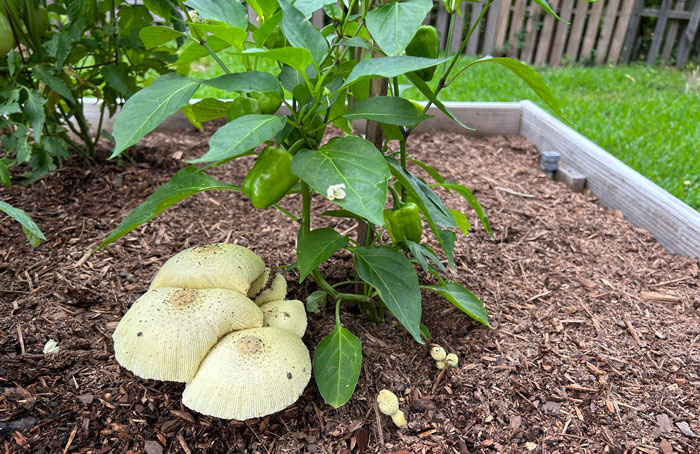 Image credits: reddit.com
Image credits: reddit.com Mushrooms that thrive on mulched beds: Oyster mushroom (Pleurotus ostreatus), Shiitake (Lentinula edodes), and Wine Cap (Stropharia rugosoannulata).
While we can’t definitively say whether mushrooms are easier to grow than plants, the mulching beds method confirms that mushrooms can thrive alongside other vegetables, perennials, or in the shade of trees.
“I believe it is hard comparing mushrooms with plants since they are completely different types of growing, and it depends on the person. Plants start from seeds while growing, usually in soil, and, if given the right conditions, can be relatively easy for some,” explains Dina.
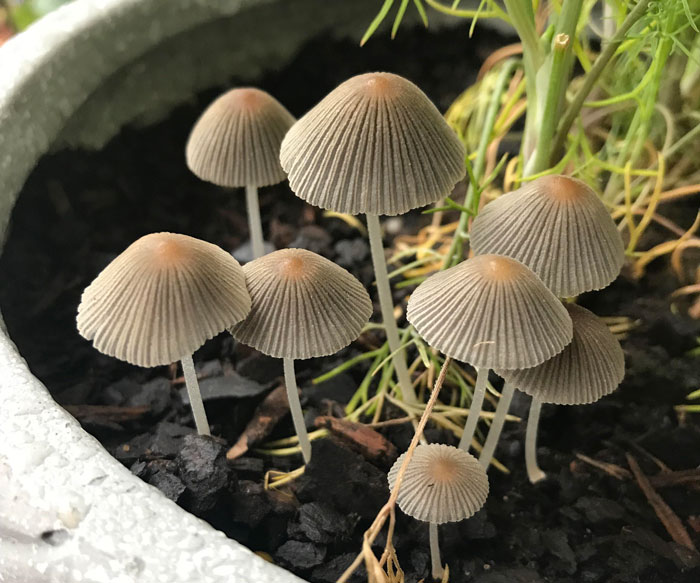 Image credits: reddit.com
Image credits: reddit.com“Mushrooms are grown from spores and usually, like decomposed materials to grow in. If you have the right setup and conditions for either, they both can be easy. Someone that might not have a green thumb could be great at growing mushrooms,” she adds.
Let’s see how you can grow mushrooms in the garden with other plants:
Step 1: Use a mix of organic materials for the mulch, such as wood chips (when adding around perennials), leaves, and straw (in vegetable beds). Ensure the mulch is well-aerated and has the right balance of nitrogen and phosphorus for optimal mycelium growth.
Step 2: Spread the spawn evenly throughout the mulched area. Inoculate the mulch and create dedicated mushroom beds or pathways. Make at least two layers of spawn mulch in your path or bed, and ensure you have a water source nearby.
Step 3: Try the log method to enhance mushroom yield in mulched areas. When applying mulched beds for mushrooms, opt for shiitakes using their classic method—the logs. Drill holes in logs (oak, sugar maple, or beech with intact bark), plug them with sawdust and seal them with wax. Stack the logs on the sides of the mulched beds and bury them to create mushroom rafts.
Step 4: Maintain moisture in the mulched paths. Water the mulched beds regularly, especially during dry periods, to support mycelium growth.
Step 5: Regularly check the mulched beds for signs of mycelium colonization and mushroom fruiting. Renew the mulch and add fresh organic materials to ensure a nutrient-rich place for mushrooms.
How to Grow Mushrooms on Straw Bales
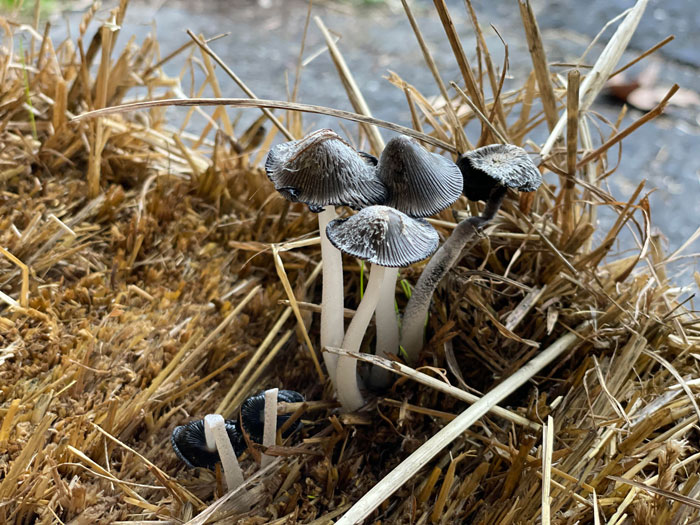 Image credits: micasa_es_miproblema
Image credits: micasa_es_miproblemaMushrooms suited for straw cultivation: Oyster mushroom (Pleurotus ostreatus), Shiitake (Lentinula edodes), Chanterelle (Cantharellus cibarius), Chicken of the woods (Laetiporus sulphureus), and Wine Cap (Stropharia rugosoannulata).
Use straw bales as a substrate for growing wood-loving mushroom species. It’s a particularly well-suited method for small places. Here are the steps:
Step 1: When preparing straw bales, use straw, not hay! This will help with avoiding unwanted seed growth and potential contamination. Soak the straw bales in the water for a few hours to help the mycelium colonization.
Step 2: Once sterilized, spread the spawn evenly. Place the straw bales into containers, sprinkling spawn between each layer. Then, make small incisions or holes in the straw bales to allow mushrooms to fruit.
Step 4: When harvesting mushrooms, you have the option to either cut them at the base or twist and remove them, minimizing potential damage to the surrounding mycelium. Following the harvest, you can perpetuate the process by introducing more spawn to the straw bales. Alternatively, you may choose to compost the used bales to enrich your garden soil!
RELATED: What Is Composting And How To Do It (In Simple Terms)
Unlike typical plants, different mushrooms thrive in various environments without fully relying on the weather. “Mushrooms grow naturally in wooded areas since the shade and moisture levels are more consistent,” explains Dina. Hence, creating conditions similar to their natural habitat is vital.
“Different mushroom species have different growing requirements. Consider factors like temperature, humidity, and growing medium when selecting a species,” concludes Dina. We’d love to hear about your experiences with the art of growing mushrooms in the comments below. And don’t forget to share this article with a fellow mushroom enthusiast!

 Dark Mode
Dark Mode 

 No fees, cancel anytime
No fees, cancel anytime 






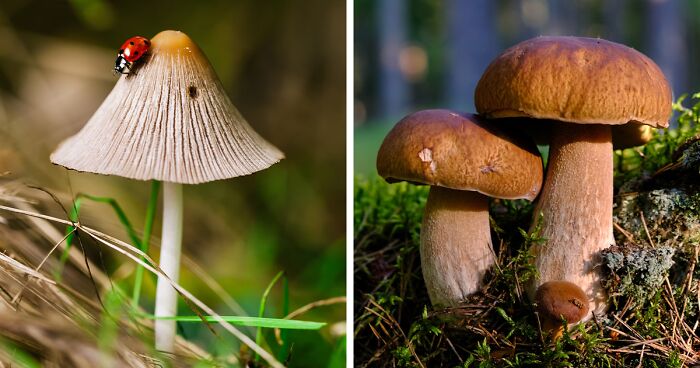
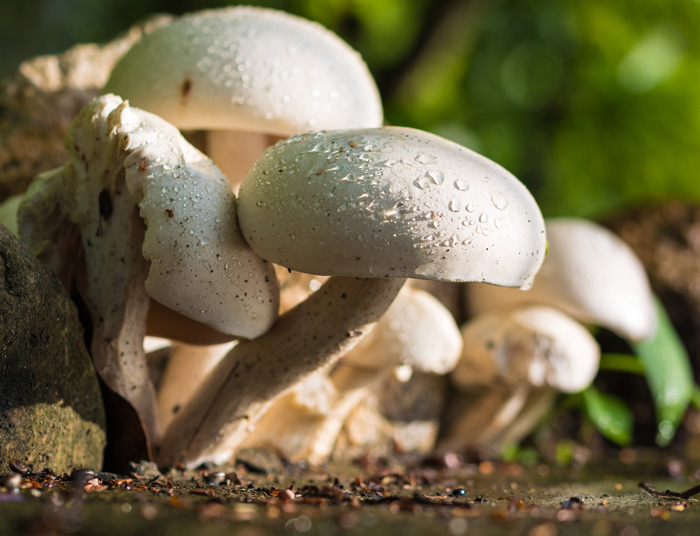
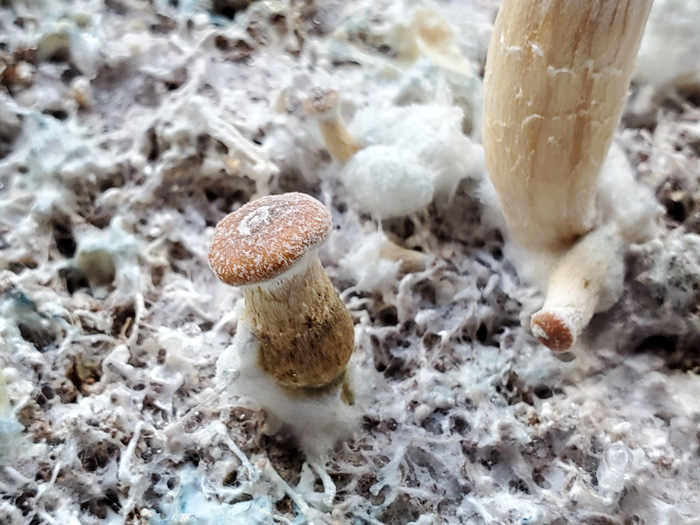
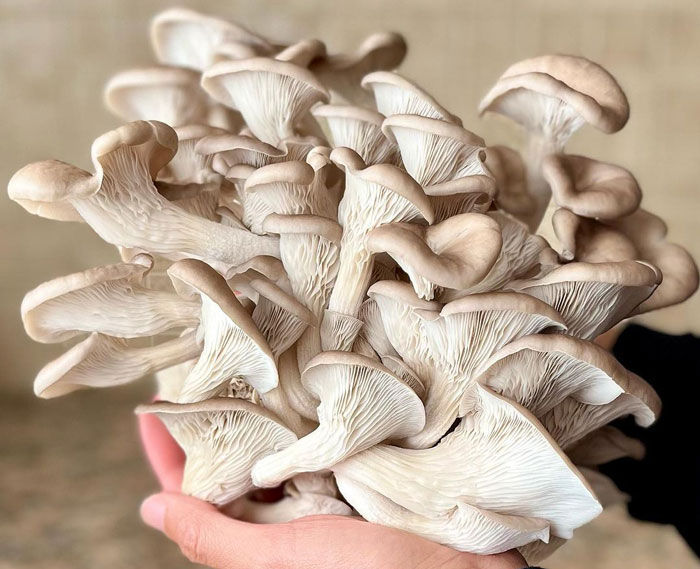








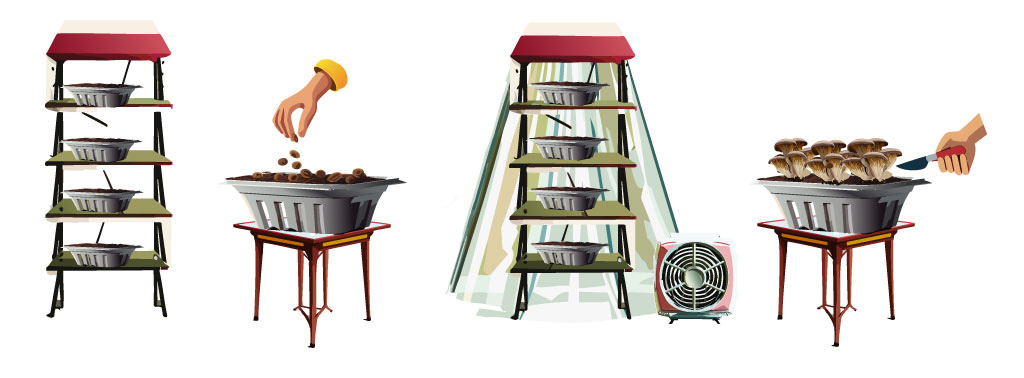















































14
0